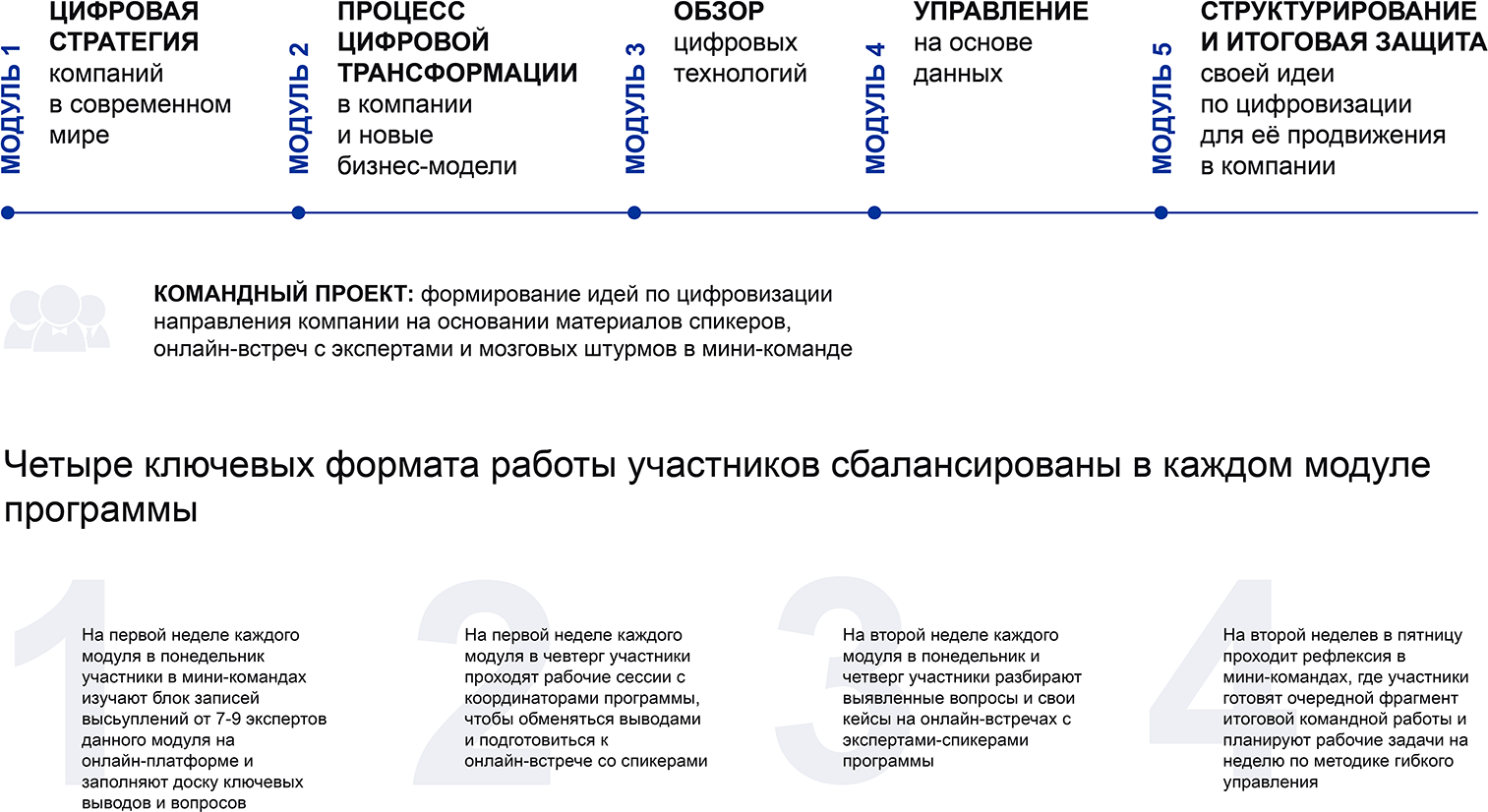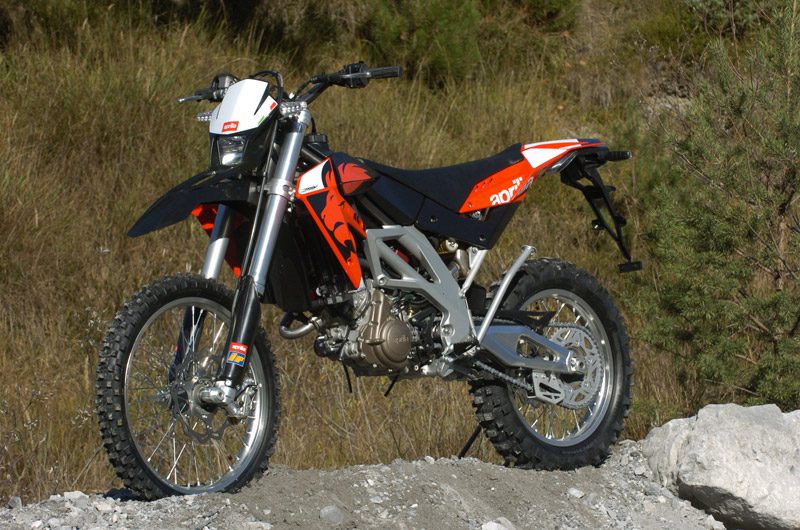
Testing applications… Participation in scientific programs
This time we present an overview of mobile applications through which we can take advantage of scientific programs.
mPing
MPing application - screenshot
The purpose of this app is for those who want to participate in a "social" research project to send rainfall data where they are. Accurate terrain information is intended to calibrate the algorithms used by weather radars.
The user specifies in the application the type of precipitation observed - from drizzle, through heavy rain, to hail and snow. The mechanism also allows him to estimate their intensity. If it stops raining, please send a no rain notice immediately. It seems that activity and more involvement in the research project is required.
The program is developing. Recently, new weather description categories have been added. So now you can send data about wind strength, visibility, water conditions in reservoirs, landslides and other natural disasters.
Loss of Carry (Loss of Night)
We are dealing with a worldwide research project that makes it possible to measure the visibility of stars and the so-called light pollution, i.e. excessive night lighting caused by human activities. App users help build a database for future medical, environmental and social research by letting scientists know which stars they see in "their" sky.
Light pollution isn't just a problem for astronomers, who have poorer vision of the constellations. Scientists around the world are studying how this affects health, society and the environment. This app, a modification of the Google Sky Map app, asks the user to answer if they see a particular star and send it anonymously to the GLOBE at Night (www.GLOBEatNight.org) database, a civilian research project that has been monitoring light pollution since 2006 .
Most light pollution is caused by poorly designed lamps or excessive artificial lighting in the human environment. Identifying areas with well-designed street lighting will help others implement the right solutions.
Secchi
This is a mobile version of a research project, the purpose of which is to attract sailors and everyone who is in the seas and oceans to study the state of phytoplankton. The name comes from the Secchi disk, a device designed in 1865 by the Italian astronomer Fr. Pietro Angel Secchi, who was used to measure the transparency of water. It consisted of a white (or black and white) disk lowered onto a graduated line or rod with a centimeter scale. The depth reading at which the disc is no longer visible indicates how cloudy the water is.
The authors of the application encourage their users to create their own album. During the cruise, we submerge it in the water and start measuring when it is no longer visible. The measured depth is stored by the application in a global database, which also receives information about the location of the shooting, determined in turn thanks to the GPS in the mobile device.
It is important to take measurements on sunny and cloudy days. Users can also enter other information such as water temperature if their boat is equipped with the appropriate sensor. They may also take photos when they spot something interesting or out of the ordinary.
Science Magazine
The idea of creating this program is to make the smartphone a kind of assistant for various scientific experiments. The sensors available in mobile equipment have been used to make various measurements.
The application allows you to measure the intensity of light and sound, as well as accelerate the movement of the device (left and right, forward and backward). Measurements can be annotated and logged to facilitate the collection of comparative data. In the application, we will also register information about the duration of an experiment, etc.
It is worth adding that the Scientific Journal from Google is not just an application, but a whole set of useful Internet tools. Thanks to them, we can not only experiment, but also find inspiration for our own further research. They are available on the project website, as well as on a specially prepared forum.
NoiseTube
Noise application - screenshot
Light pollution can be measured and noise pollution can be tested. That's what the NoiseTube application is used for, which is the embodiment of a research project started in 2008 at the Sony Computer Science Lab in Paris in collaboration with the Free University in Brussels.
NoiseTube has three main functions: noise measurement, measurement location and event description. The latter can be used to obtain information about the level of noise, as well as its source, for example, that it comes from a passenger plane taking off. From the transmitted data, a global noise map is created on an ongoing basis, which can be used and based on it make various decisions, for example, about buying or renting apartments.
The tool also allows you to compare your experiences and measurements with data entered by others. Based on this, you can even decide to publish your own information or refrain from providing it.
